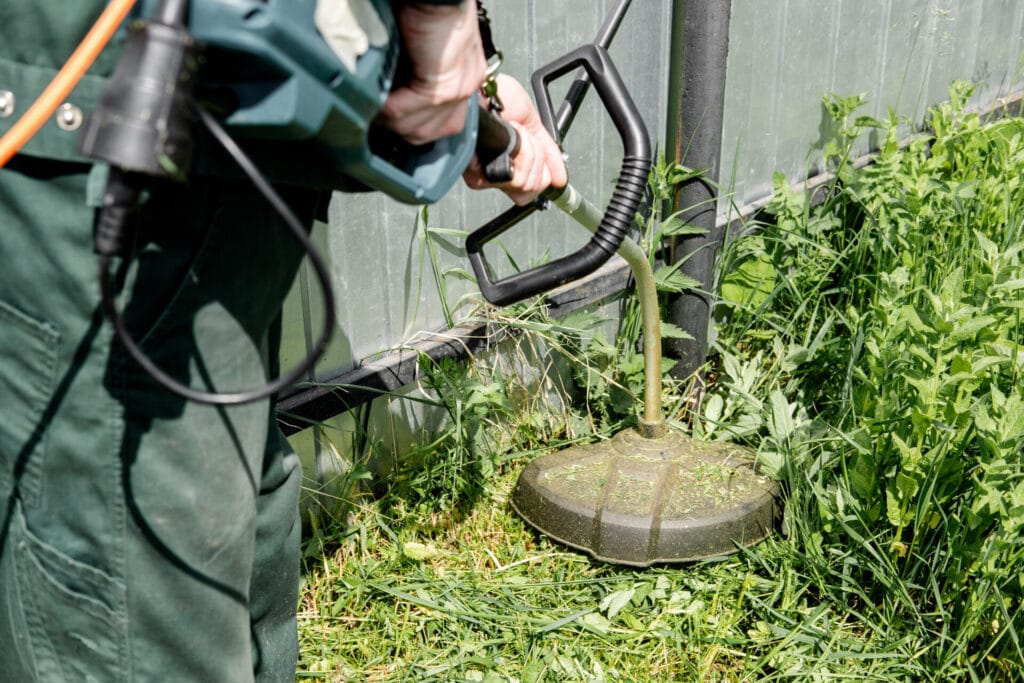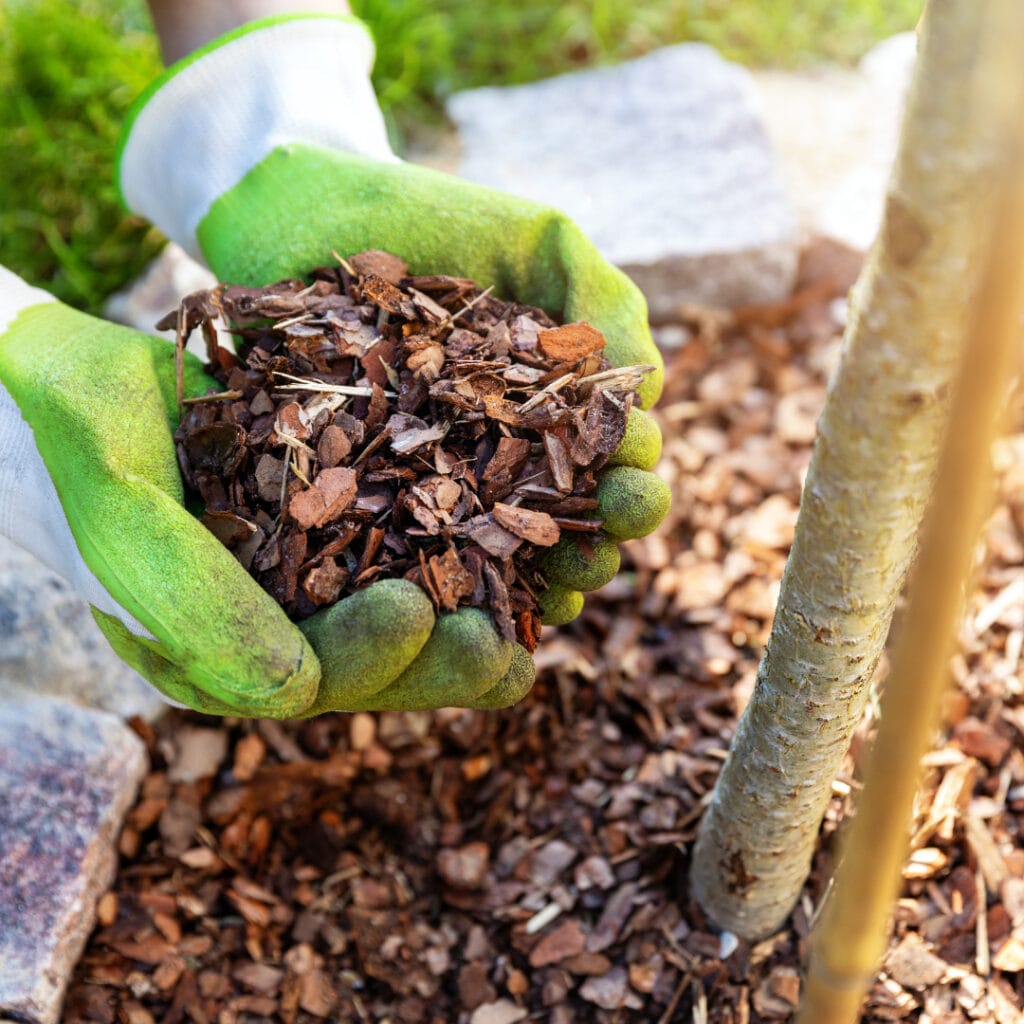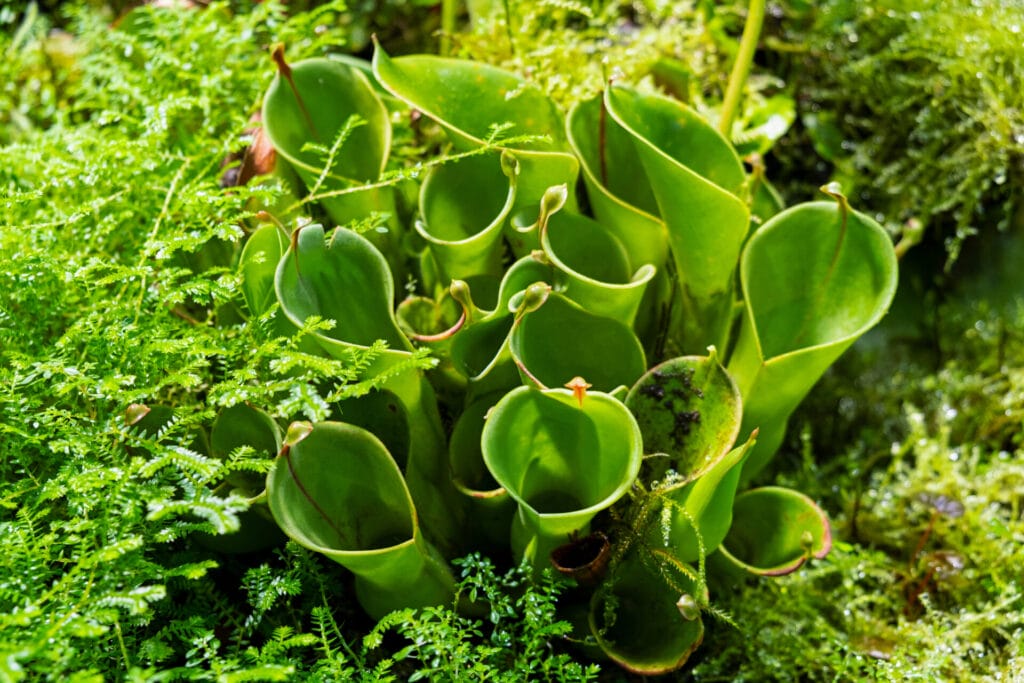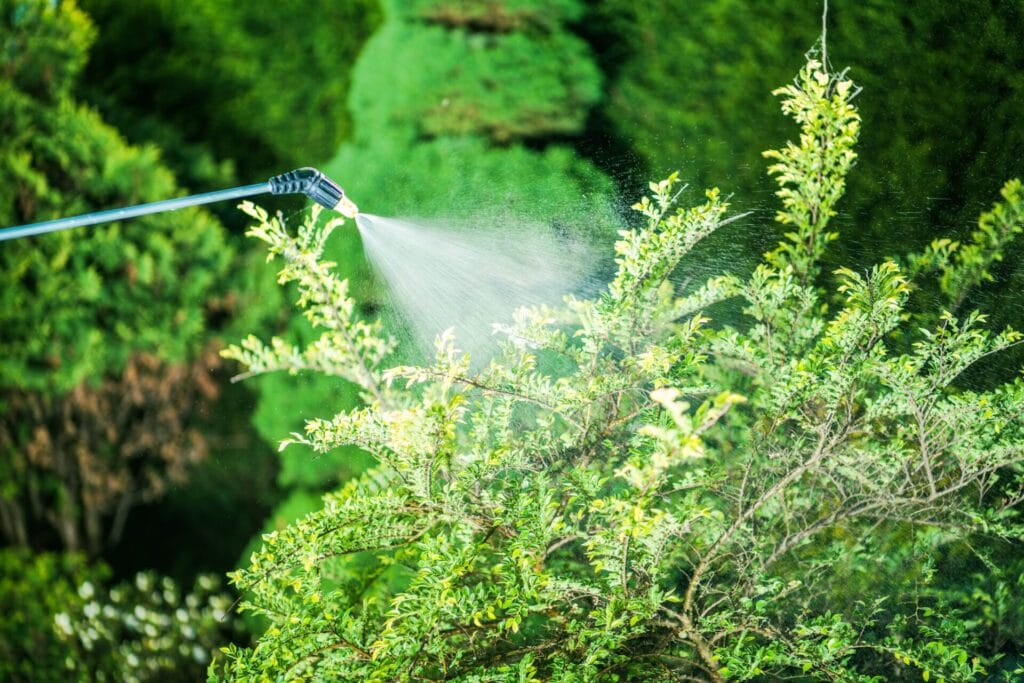
Welcome to our comprehensive guide on weed suppression in gardens! In the pursuit of creating a thriving garden, one of the most persistent challenges gardeners face is managing weed growth. Weeds can quickly overtake your carefully cultivated plants, competing for essential resources like sunlight, water, and nutrients. However, armed with the right knowledge and strategies, you can effectively suppress weeds and create an environment where your plants can flourish. In this in-depth article, we’ll explore a variety of techniques and tips for mastering weed suppression in your garden.

Before diving into weed suppression strategies, it’s essential to understand the biology and behavior of weeds. Weeds are opportunistic plants that thrive in disturbed soil and environments with ample sunlight and moisture. They reproduce prolifically through seeds, which can remain dormant in the soil for years, awaiting the right conditions to germinate. By familiarizing yourself with common weed species in your area and their life cycles, you can develop targeted control strategies to prevent weed proliferation.
Cultural practices play a fundamental role in weed suppression by creating conditions that are unfavorable for weed growth while promoting the health and vigor of your garden plants. Here are some key cultural practices to incorporate into your gardening routine:
Mulching: Mulching is a cornerstone of weed suppression, providing a physical barrier that inhibits weed emergence while conserving soil moisture and regulating soil temperature. Organic mulches such as wood chips, straw, or shredded leaves not only suppress weeds but also improve soil structure and fertility over time.
Proper Plant Spacing: Planting your garden beds densely can shade out weeds and minimize bare soil, reducing opportunities for weed seed germination. However, be mindful not to overcrowd plants, as this can create competition for resources and compromise plant health.
Crop Rotation: Rotating crops in your garden beds can disrupt the life cycles of weed species that are specific to certain plant families, reducing the buildup of weed populations over time. Additionally, some crops, such as legumes, have allelopathic properties that inhibit weed growth, making them excellent choices for rotation.
Soil Health Management: Healthy soil is essential for weed suppression, as it supports robust plant growth and competitiveness. Incorporate organic matter such as compost, aged manure, or cover crops into your soil to improve its structure, fertility, and water-holding capacity.
Weed-Free Seed and Plant Material: Introducing weed seeds or plant material contaminated with weed seeds into your garden can undo all your weed suppression efforts. Be sure to use certified weed-free seed and inspect transplants for signs of weed contamination before planting.

Mechanical and physical weed control methods involve physically removing or smothering weeds to prevent their growth. While these methods can be labor-intensive, they are effective and environmentally friendly alternatives to chemical herbicides. Here are some mechanical and physical weed control techniques to consider:
Hand Weeding: Hand weeding involves manually removing weeds from your garden beds by pulling them out at the root. This method is most effective for small-scale weed infestations and is best done when the soil is moist to ensure easy weed removal.
Cultivation: Cultivating the soil with hand tools such as hoes or cultivators can disrupt weed growth by cutting weeds below the soil surface. However, be cautious not to disturb the roots of desirable plants or bring buried weed seeds to the soil surface, where they can germinate.
Mulching: Mulching not only suppresses weeds but also conserves soil moisture, regulates soil temperature, and improves soil health. Apply a layer of organic mulch, such as straw, wood chips, or shredded leaves, to your garden beds to smother weeds and create a barrier against weed emergence.
Landscape Fabric: Landscape fabric can be laid beneath mulch or gravel to create a physical barrier that prevents weed growth while allowing air, water, and nutrients to reach plant roots. Use landscape fabric in perennial beds, pathways, or areas with heavy weed pressure for long-term weed suppression.
Solarization: Solarization is a technique that utilizes the sun’s heat to kill weed seeds, pathogens, and soil pests. To solarize your soil, cover it with clear plastic for several weeks during the hottest months of the year, allowing the sun to heat the soil to temperatures that are lethal to weed seeds and pathogens.
Biological weed control methods harness the power of natural enemies, such as insects, pathogens, and grazing animals, to suppress weed populations. While these methods may take longer to yield results compared to chemical or mechanical control methods, they offer sustainable, long-term weed suppression solutions. Here are some biological weed control techniques to consider:
Weed-Eating Insects: Introducing herbivorous insects that feed exclusively on weed species can help reduce weed populations in your garden. Biological control agents such as weevils, beetles, and caterpillars can be released into your garden to target specific weed species without harming desirable plants.
Grazing Animals: Grazing animals such as goats, sheep, or chickens can be used to control weeds in larger-scale agricultural settings. These animals selectively graze on weeds, reducing their abundance while providing natural fertilizer through their manure.
Soil Microbes: Soil-borne pathogens and beneficial microbes can suppress weed growth by outcompeting weeds for nutrients and resources or attacking weed roots directly. Incorporating compost or organic amendments into your soil can promote the proliferation of beneficial soil microbes, creating an environment that is less hospitable to weeds.
Allelopathic Plants: Some plant species produce allelochemicals—natural compounds that inhibit the growth of neighboring plants, including weeds. Intercropping or planting allelopathic species such as rye, oats, or buckwheat can help suppress weed growth and improve soil health.

Chemical weed control methods involve the use of herbicides to selectively target and kill weeds while minimizing harm to desirable plants. While chemical herbicides can be effective in controlling weeds, they should be used judiciously and in accordance with label instructions to minimize environmental impact and protect human health. Here are some common chemical weed control methods to consider:
Pre-Emergent Herbicides: Pre-emergent herbicides are applied to the soil before weed seeds germinate to prevent weed seedlings from emerging. These herbicides create a barrier in the soil that inhibits weed root development, effectively suppressing weed growth without harming established plants.
Post-Emergent Herbicides: Post-emergent herbicides are applied directly to actively growing weeds to kill them. Selective herbicides target specific weed species without harming desirable plants, while non-selective herbicides kill all vegetation they come into contact with.
Systemic Herbicides: Systemic herbicides are absorbed by the foliage or roots of weeds and translocated throughout the plant, killing it from within. These herbicides are effective against perennial weeds with extensive root systems but may require multiple applications for complete control.
Contact Herbicides: Contact herbicides kill weeds on contact by disrupting cellular membranes or interfering with photosynthesis. These herbicides provide fast-acting control of annual weeds but may require repeated applications for effective control of perennial weeds.

In conclusion, mastering weed suppression in your garden requires a multifaceted approach that combines cultural, mechanical, biological, and chemical control methods. By understanding the biology and behavior of weeds, implementing cultural practices that promote healthy plant growth, and employing a variety of weed control techniques, you can create an environment where your plants can thrive while keeping weeds at bay. Remember to tailor your weed suppression strategies to the specific needs and conditions of your garden, and always prioritize environmentally friendly and sustainable practices. With dedication, patience, and a little bit of elbow grease, you can cultivate a lush and vibrant garden that is free from the tyranny of weeds. Happy gardening!
Share this post:
Check other topics that may help you get more insights for your project:





